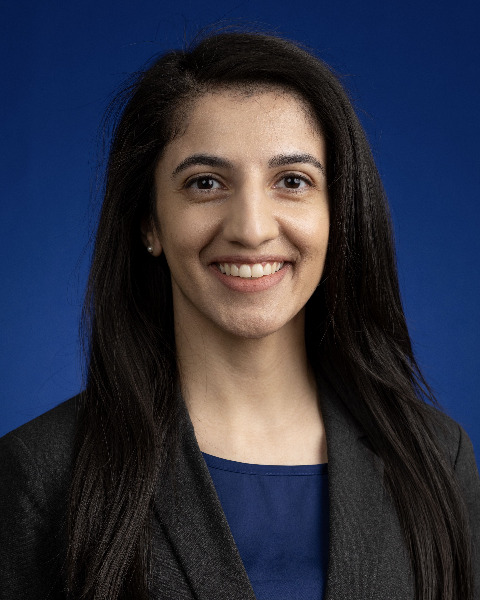Health Equity/Social Determinants of Health
Health Equity/Social Determinants of Health 2
536 - Perspectives Of Language Barriers And Interpretive Services Use In The Neonatal Intensive Care Unit Among House Officers And Clinicians
Friday, April 28, 2023
5:15 PM - 7:15 PM ET
Poster Number: 536
Publication Number: 536.117
Publication Number: 536.117
Aunum Akhter, University of Michigan, Ann Arbor, MI, United States; Kate Stanley, University of Michigan Medical School, Ann Arbor, MI, United States; Michael A. Redmond, University of Nebraska, Lincoln, NE, United States

Aunum Akhter, MD (she/her/hers)
Perinatal-Neonatal Fellow
University of Michigan
Ann Arbor, Michigan, United States
Presenting Author(s)
Background: Language barriers are associated with unequal access to healthcare and poor patient outcomes. Despite the availability of interpretive services, patients and families who prefer a language other than English are more likely to experience medical errors, poor patient comprehension, and longer hospital stays. Language barriers are especially challenging in the Neonatal Intensive Care Unit (NICU) given the acuity, chronic illnesses, and long-term follow-up associated with prematurity. Currently, there is no standard curriculum that educates neonatology medical learners about these barriers and how to address them.
Objective: To assess the knowledge, skills, and attitudes of current neonatology fellows and early career neonatologists regarding language barriers among families who prefer a language other than English and best practices using interpretive services in the NICU.
Design/Methods: An anonymous needs assessment was created using Michigan Medicine’s Qualtrics software. It consisted of 32 questions grouped into demographic, knowledge, confidence, and attitude sections. The needs assessment was distributed electronically using the American Academy of Pediatrics Training and Early Career Neonatologists listserv to neonatology fellows and early career neonatologists. Scores were created for each section and compared across various demographics. Aggregated data was analyzed using descriptive statistics and comparative analysis.
Results: One hundred and nineteen questionnaires were completed and analyzed. Demographics are referenced in Table 1. Respondents (88%) frequently used phone and video interpretive services. However, 87% preferred in-person interpreters. While respondents almost always used interpretive services when obtaining consent or sharing bad news, only 28% used them half the time or less when providing families with daily patient updates. Mean confidence scores in using interpretive services across different clinical encounters were significantly higher among respondents who received post-graduate education about interpretive services (p=0.04). Equally, respondents who received specific training on cultural norms/sensitivities of ethnic minorities had higher mean confidence scores using interpretive services compared to those who did not receive education (p=0.004).
Conclusion(s): Training in cultural sensitivity and best practices using interpretive services specifically for daily patient communication for families who prefer a language other than English are two areas to target when designing a health disparities educational curriculum for neonatology medical learners.
.png)
